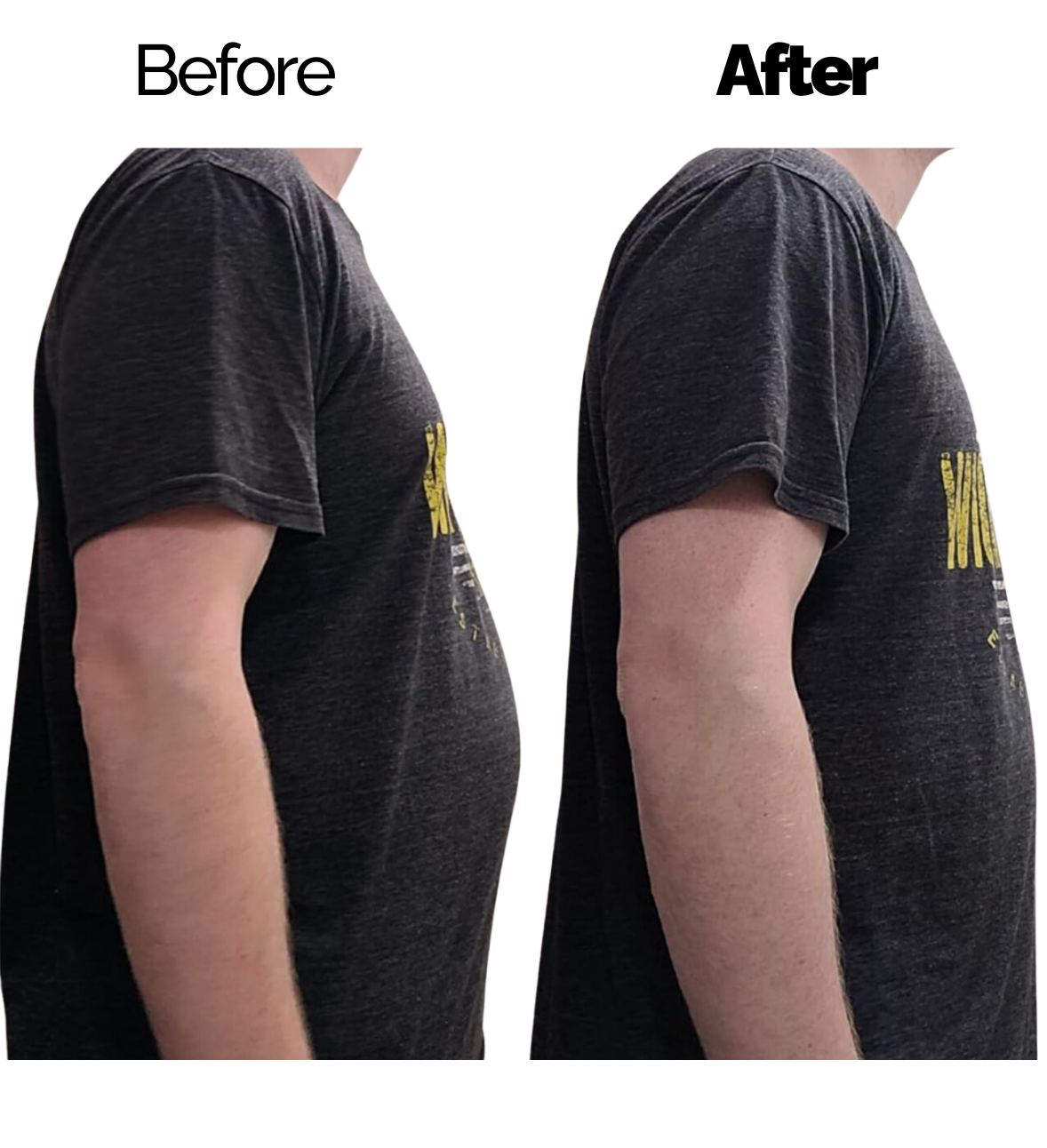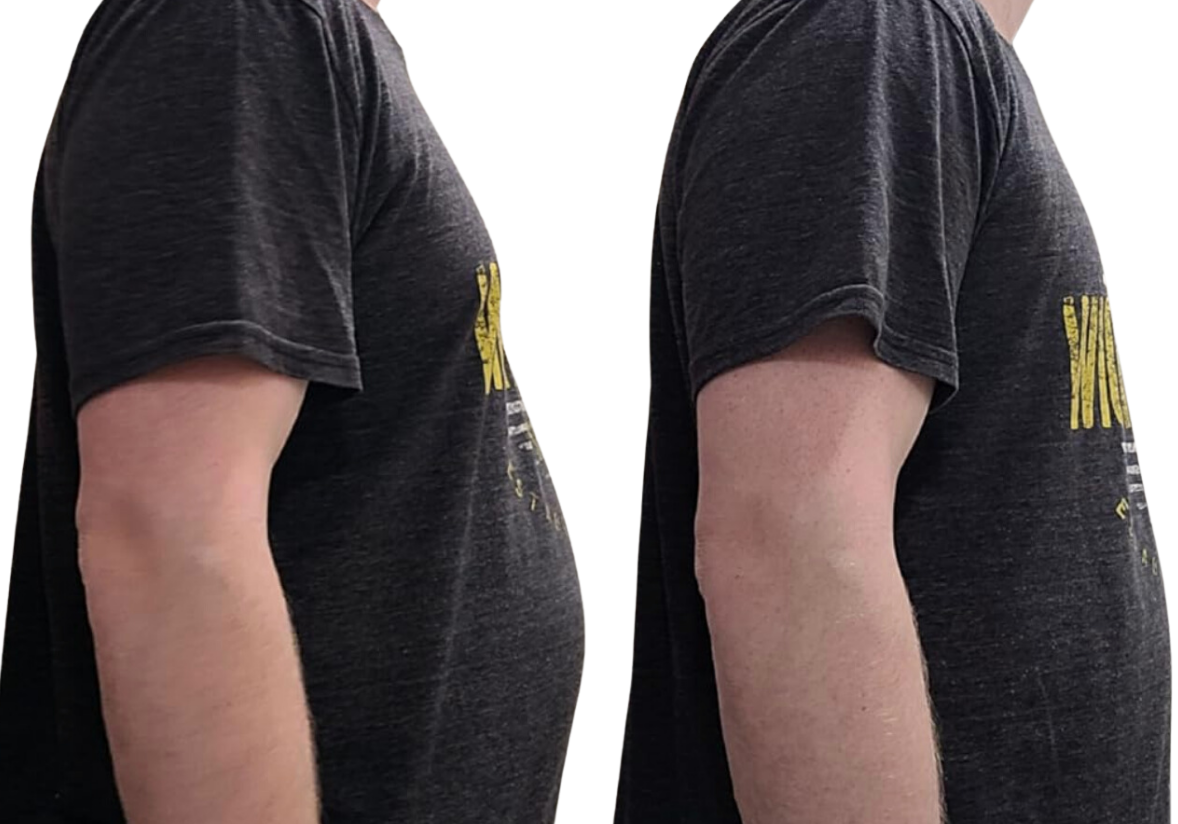Pseudogynecomastia is a condition that affects many men around the world. It is often mistaken for true gynecomastia, but the causes and treatment options differ. In this article, we will delve into the world of pseudogynecomastia and explore its causes, symptoms, diagnosis, and available treatment options.
What causes pseudogynecomastia?
Pseudogynecomastia occurs when there is an accumulation of fat in the chest area, resulting in the appearance of enlarged breasts. Unlike true gynecomastia, which is caused by hormonal imbalances, pseudogynecomastia is primarily caused by excess body fat. Factors such as obesity, poor diet, lack of exercise, and certain medications can contribute to the development of pseudogynecomastia. Understanding the underlying causes is crucial in order to effectively manage and treat this condition.
Understanding the difference between pseudogynecomastia and true gynecomastia
Differentiating between pseudogynecomastia and true gynecomastia is essential for proper diagnosis and treatment. While both conditions result in enlarged breasts, the underlying causes are distinct. True gynecomastia is caused by an imbalance of hormones, specifically an increase in estrogen or a decrease in testosterone. Pseudogynecomastia, on the other hand, is primarily caused by excess body fat. It is important to consult with a healthcare professional to accurately determine the type of gynecomastia in order to receive the most appropriate treatment.
Signs and symptoms of pseudogynecomastia
The signs and symptoms of pseudogynecomastia are characterized by the presence of excess fat in the chest area. Men may notice a soft, rubbery mass beneath the nipple or a general enlargement of the breasts. Unlike true gynecomastia, there is usually no glandular tissue enlargement in pseudogynecomastia. It is important to note that the presence of pseudogynecomastia does not necessarily indicate poor overall health, but it can still cause significant distress and impact one's self-esteem.
Diagnosing pseudogynecomastia
Diagnosing pseudogynecomastia typically involves a physical examination by a healthcare professional. They will assess the chest area for the presence of excess fat and rule out any glandular tissue enlargement. In some cases, additional tests such as blood tests or imaging studies may be conducted to confirm the diagnosis. It is crucial to consult with a healthcare professional for an accurate diagnosis and to discuss appropriate treatment options.
Treatment options for pseudogynecomastia
Treating pseudogynecomastia primarily involves targeting the excess fat in the chest area. This can be achieved through a combination of lifestyle changes and medical interventions. The first line of treatment usually involves adopting a healthy diet and engaging in regular exercise to reduce overall body fat. Specifically targeting chest exercises can help strengthen the underlying muscles and improve the appearance of the chest. In cases where lifestyle modifications are insufficient, medical interventions such as liposuction or non-invasive fat reduction techniques may be considered. It is important to consult with a healthcare professional to determine the most suitable treatment approach for each individual.
Lifestyle changes to manage pseudogynecomastia
In addition to medical interventions, certain lifestyle changes can help manage pseudogynecomastia. Adopting a well-balanced diet that is low in processed foods and high in fruits, vegetables, and lean proteins can promote overall weight loss and reduce chest fat. Regular exercise, focusing on both cardiovascular workouts and strength training, can help burn calories and build muscle mass. Additionally, avoiding alcohol and tobacco can have a positive impact on overall health and may help manage pseudogynecomastia. It is important to consult with a healthcare professional or a certified nutritionist to develop a personalized plan that suits individual needs.
Surgical interventions for pseudogynecomastia
In cases where lifestyle changes and non-invasive treatments are ineffective, surgical interventions may be considered for pseudogynecomastia. Liposuction is a common surgical procedure used to remove excess fat from the chest area. This procedure involves making small incisions and using a suction device to remove the fat deposits. Another surgical option is a mastectomy, which involves the removal of glandular tissue in addition to excess fat. These surgical interventions should be discussed with a qualified plastic surgeon, who can assess the individual's specific situation and determine the most appropriate course of action.
Psychological impact of pseudogynecomastia
Pseudogynecomastia can have a significant psychological impact on affected individuals. The appearance of enlarged breasts can lead to feelings of self-consciousness, embarrassment, and low self-esteem. It may also cause social anxiety and hinder one's ability to participate in activities such as swimming or going to the gym. Seeking emotional support from loved ones or joining support groups can help individuals cope with the psychological effects of pseudogynecomastia. Additionally, engaging in activities that promote a positive body image, such as practicing self-care and focusing on personal strengths, can also be beneficial.
Conclusion and final thoughts
Pseudogynecomastia is a condition that affects many men and can have a significant impact on their physical and emotional well-being. Understanding the difference between pseudogynecomastia and true gynecomastia is crucial for proper diagnosis and treatment. Lifestyle changes, medical interventions, and surgical options are available to manage and treat pseudogynecomastia. It is important for individuals to consult with healthcare professionals to determine the most suitable treatment approach based on their specific circumstances. Remember, seeking support and practicing self-care are essential in managing the psychological impact of pseudogynecomastia.






























